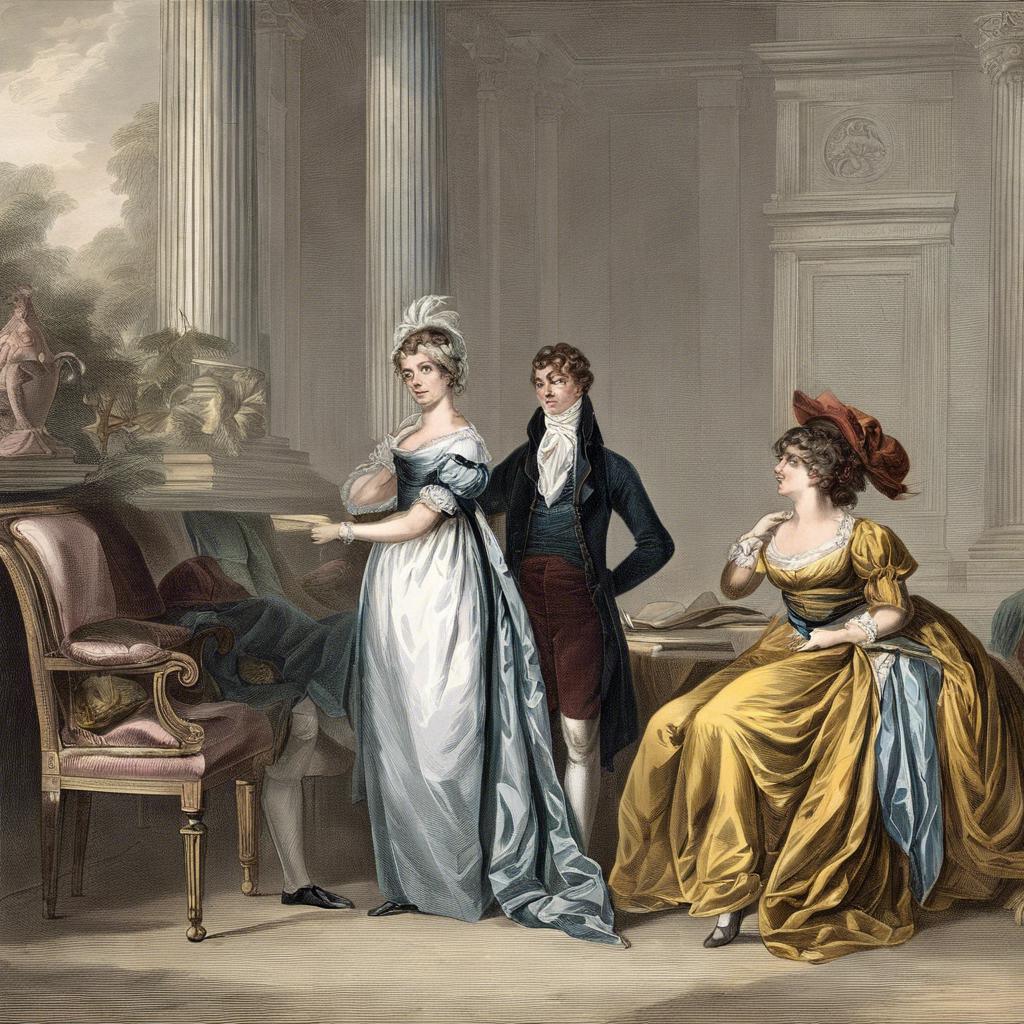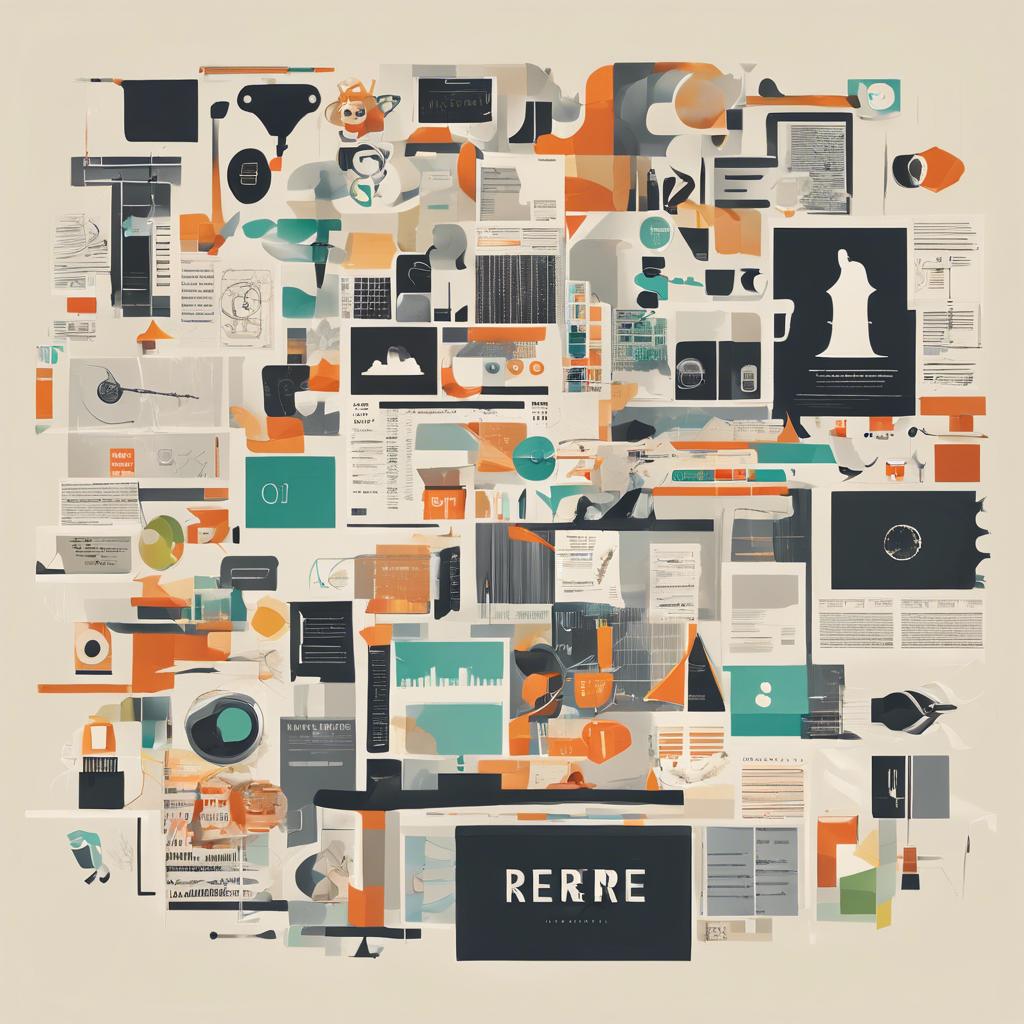During the early 19th century, a period known as the Regency era, Britain experienced a unique cultural and social revolution. This transformative time in history brought about a wealth of new terms and language that reflected the changing attitudes and values of the time. In this article, we will explore some of the key terms and phrases used during the Regency era, shedding light on the vocabulary that shaped this fascinating period of history.
Step Into the World of Cheryl Bolen
Dive into the enchanting stories of love, intrigue, and elegance set in the Regency Era. Cheryl Bolen's novels offer timeless romance and captivating tales that will leave you wanting more.
Explore Cheryl Bolen's Books Now
Introduction to Regency Era Terminology
In the Regency Era, there were many unique and interesting terms that were commonly used in everyday language. Understanding these terms can provide insight into the culture and society of this time period. Here are some key Regency era terms to help you navigate the language of the early 19th century:
Regency Era Terms:
- Beau – A fashionable and stylish man, often associated with wealth and social status.
- Almack’s – A popular social club in London known for its exclusive events and strict membership requirements.
- Bonnet – A type of hat worn by women, often characterized by its brim and decorations.
- Gallant – A polite and attentive man, especially towards women.
| Term | Definition |
| Ton | High society or regency era“>fashionable elite |
| Rake | A man with a reputation for immoral behavior and debauchery |
By familiarizing yourself with these Regency era terms, you can better appreciate the literature, history, and customs of this fascinating period. Whether you’re a fan of Jane Austen’s novels or simply curious about the past, exploring the language of the Regency era can offer a glimpse into a bygone era of elegance and refinement.
Key Terms and Phrases of the Regency Period
The Regency Period, spanning from 1811 to 1820, was a time of immense cultural and societal change in England. During this era, several key terms and phrases emerged that reflected the unique characteristics of the time. These terms provide a glimpse into the language and customs of the Regency era, offering valuable insights into the social, political, and literary landscape of the period.
One of the most iconic phrases of the Regency Period is “ton,” which referred to the fashionable elite social class of the time. Members of the ton were expected to adhere to strict codes of conduct and etiquette, and their opinions held great sway in society. Another important term is “dandy,” a fashionable and elegant man who placed great importance on his appearance and manners. Dandies were known for their impeccable style and attention to detail in their clothing and grooming.
Additionally, the Regency era saw the rise of the “bluestockings,” a group of intellectual and literary women who defied traditional gender norms by engaging in intellectual pursuits and discussions. These women were known for their intelligence, wit, and contributions to the literary and philosophical discourse of the time. The term “bluestocking” was often used in a derogatory manner by those who opposed the idea of women participating in intellectual endeavors.
Understanding the Language of Jane Austens Time
In Jane Austen’s Regency era, the language used was vastly different from modern English. To truly understand her novels, it is important to familiarize oneself with the unique terms and phrases from that time period. Here are some common Regency era terms that you may come across while reading Austen’s works:
- Beau – A fashionable young man
- Charmed - Refers to being in love
- Gentlemanlike – Behaving in a polite and courteous manner
- Muslin – A lightweight fabric often used for women’s clothing
Furthermore, understanding the language of Jane Austen’s time can provide deeper insights into the social norms and customs of that era. For example, the term ton referred to high society or the fashionable elite, while assembly denoted a social gathering or party. By familiarizing yourself with these terms, you can better appreciate the nuances and subtleties of Austen’s writing.
| Term | Meaning |
|---|---|
| Matrimony | The state of being married |
| Bonnet | A type of hat worn by women |
| Dowager | A widow with a title or property inherited from her late husband |
Recommendations for Incorporating Regency Terms into Writing
When incorporating regency era terms into your writing, it is important to capture the essence of the time period. Utilizing authentic vocabulary can transport readers to the elegant world of the early 19th century. Here are some recommendations for seamlessly integrating regency terms into your writing:
1. Use of Regency Lexicon: Familiarize yourself with popular regency terms such as “ton” (fashionable society), “bluestocking” (intelligent and literary woman), and “dandy” (a man overly concerned with his appearance). Incorporating these terms can add depth and authenticity to your narrative.
2. Setting the Scene: When describing settings or environments in your writing, consider using regency-specific vocabulary. For example, instead of simply mentioning a ballroom, you could refer to it as a “salon” or a “soiree”. This attention to detail can enhance the overall atmosphere of your storytelling.
The Conclusion
the Regency Era was a fascinating period of British history that left a lasting impact on language and culture. By exploring and understanding the unique terms and colloquialisms of this era, we gain valuable insights into the social customs, manners, and values of the time. As we continue to delve into the rich tapestry of Regency language, let us remember and appreciate the legacy left behind by the figures who shaped this distinctive period in history. Let us continue to unravel the mysteries and complexities of this bygone era, as we strive to understand and embrace the intricate nuances of Regency language and society.


